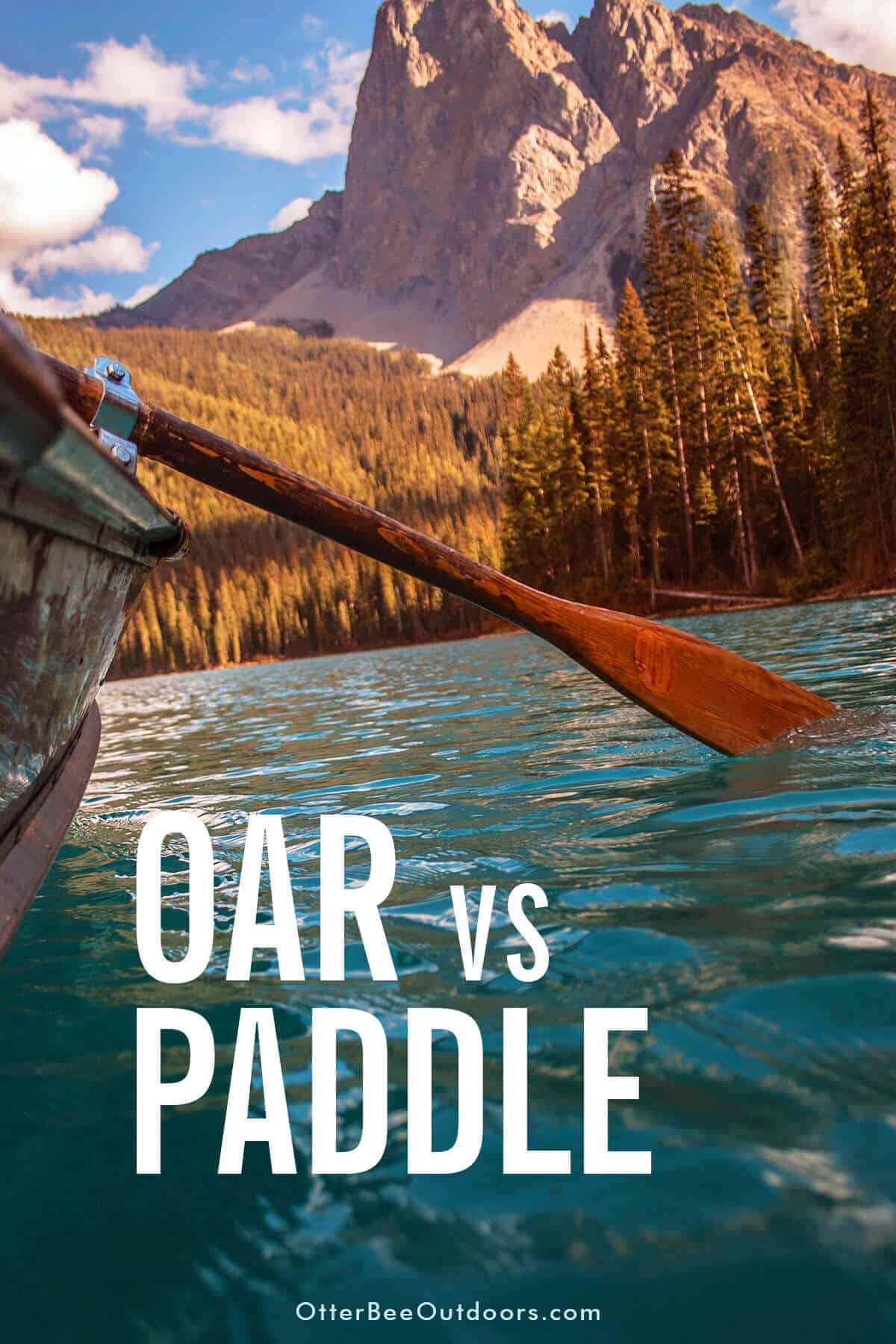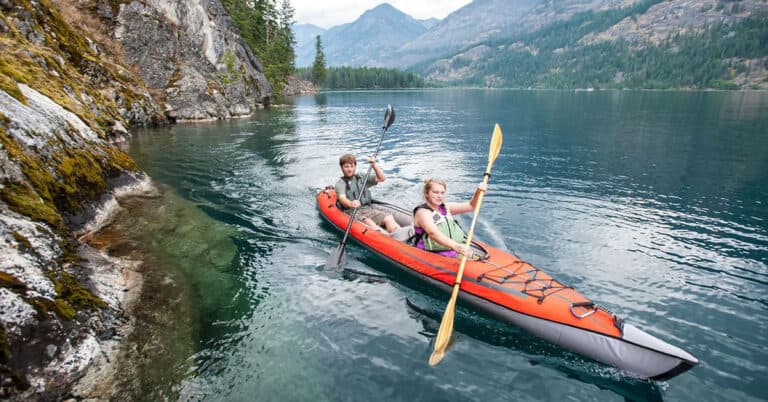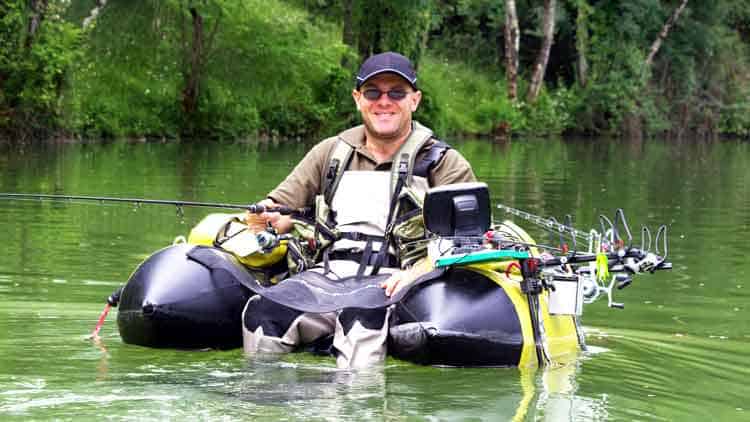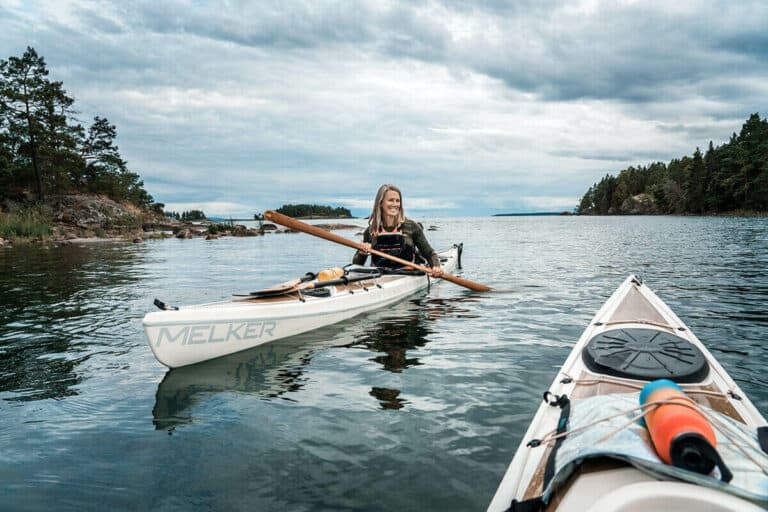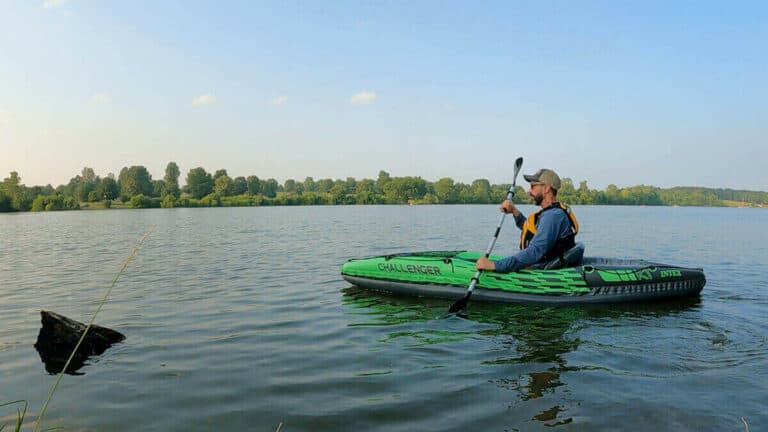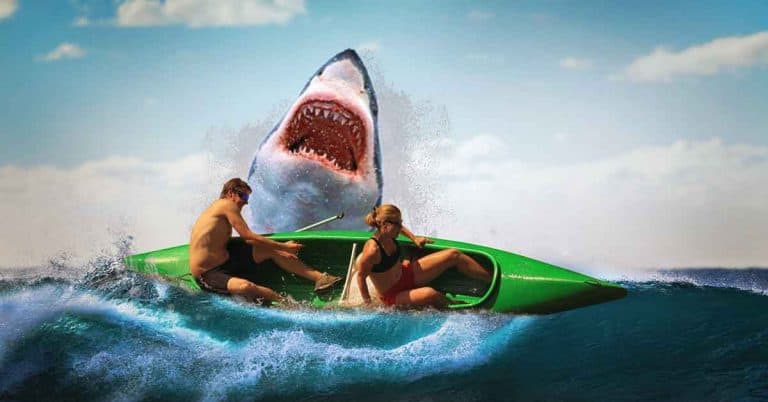Disclosure: I am compensated for purchases made through some links on this site. Click for details.
Outdoor equipment varies according to activity, each designed to help you explore and enjoy the outdoors. Two common items used in water-based sports are oars and paddles.
But what’s the difference between an oar vs paddle?
Are they interchangeable?
Or do they have specific purposes for different types of activities?
Let’s review everything from purpose and intended use to construction so you’ll know which is best for your situation. I’ll also cover rowing versus paddling, when to use an oar vs paddle, as well as information on blade shape, weight and materials, performance and speed, and cost differences.
Purpose and Intended Use
Oar
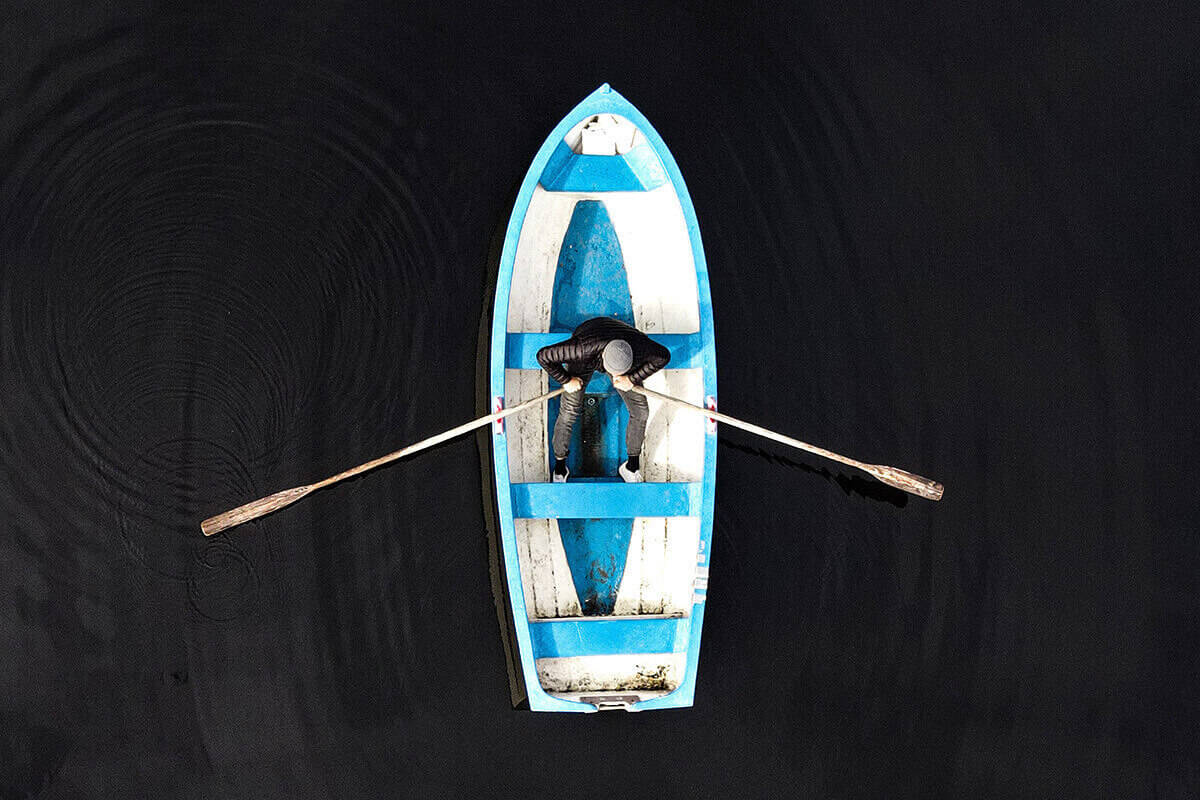
Oars are primarily designed for rowing and are commonly used in larger watercraft. The size and shape of an oar depend on the type of boat it’s meant for. Larger boats require longer oars, while smaller ones need shorter versions.
The blade of an oar can also vary, with flat blades ideal for recreational rowing and curved blades providing more power when necessary. Oars are typically constructed from durable materials like wood or fiberglass to withstand prolonged use.
Paddle
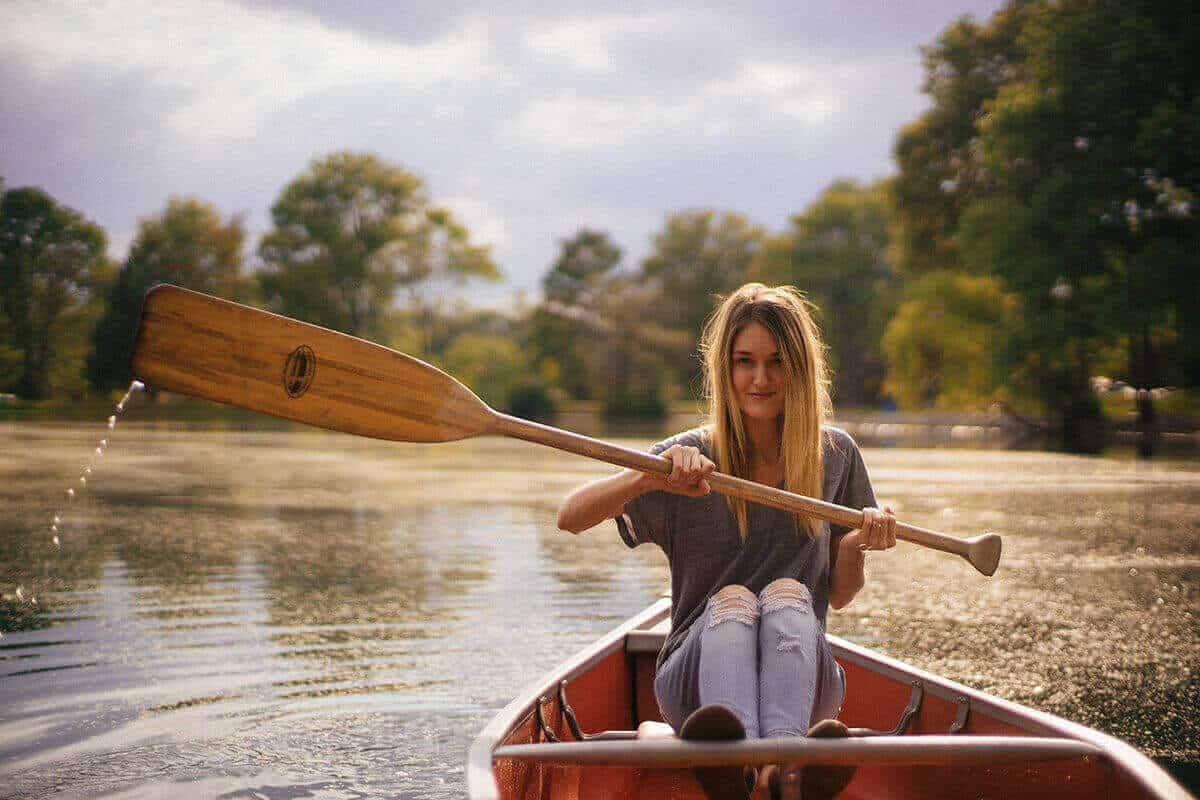
Paddles, on the other hand, are the go-to choice for kayaking, canoeing, and other smaller watercraft activities.
They come in a variety of shapes and sizes to suit different types of water adventures, whether it’s fishing, whitewater rafting, or leisurely paddling on a serene lake.
A good paddle should offer a comfortable grip, an efficient blade with enough surface area, and lightweight construction for easy maneuverability.
Watercraft Type
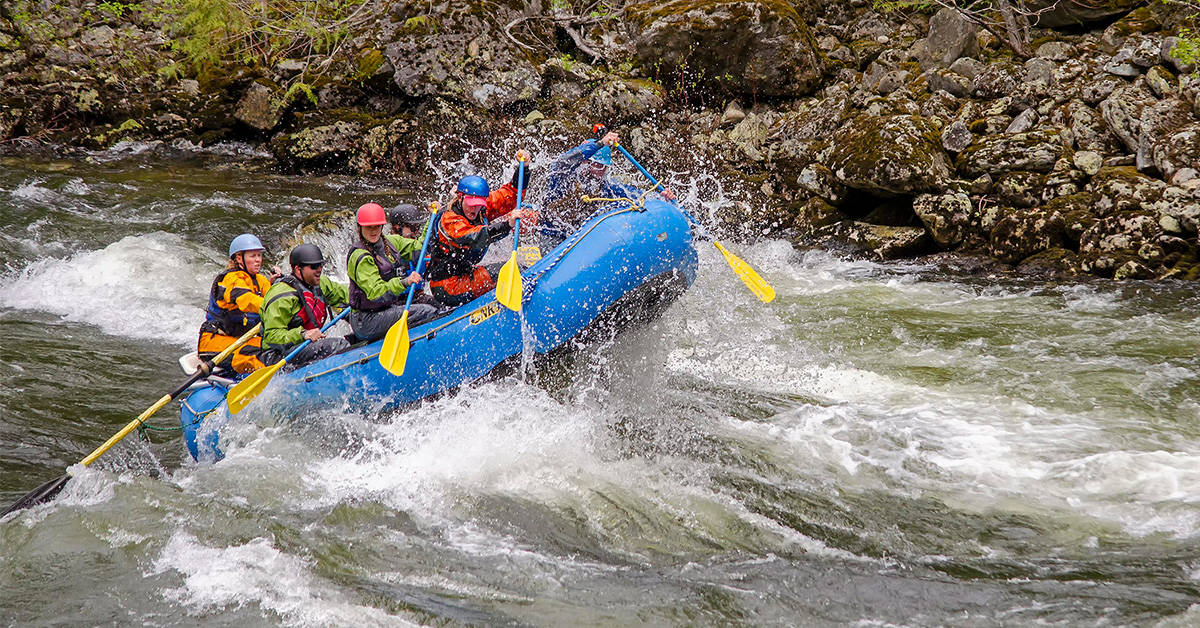
Your choice between oars and paddles often depends on the type of watercraft you plan to use:
- Oars are typically used with larger boats, such as rowboats, jon boats, dinghies, and even sailboats. They’re especially suited for scenarios where two people can effectively operate them.
- Paddles are ideal for smaller watercraft like kayaks, canoes, stand-up paddleboards (SUPs), and inflatable boats. They’re designed for single-person use and come in various styles to accommodate different activities and conditions.
Types of Water and Activity
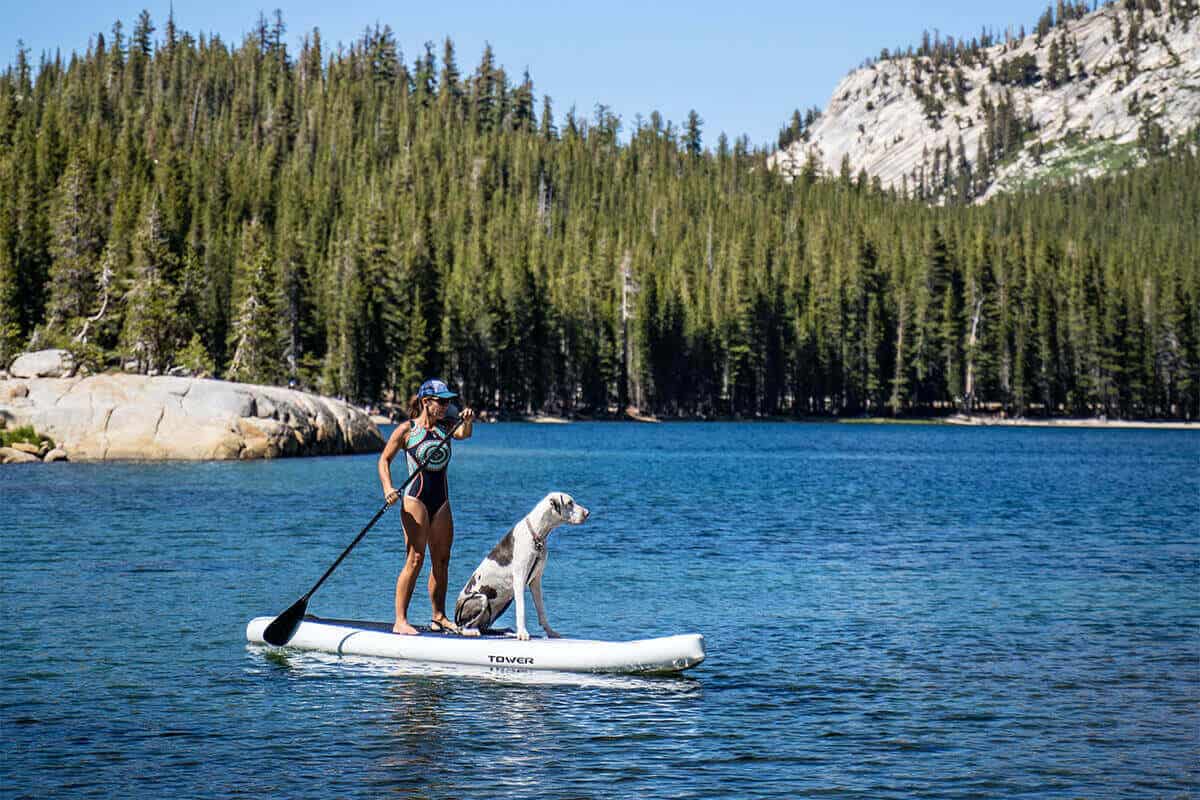
Consider the type of water and the specific activity when choosing between an oar and a paddle:
- Oars are well-suited for calm waters like lakes or slow-moving rivers. They can also handle more challenging conditions like whitewater rivers, depending on the skill level of the users and the size of the vessel.
- Paddles excel in various water conditions and activities. They are versatile enough to navigate everything from whitewater rapids to peaceful lakes. The design and size of the paddle blade can be tailored to the specific needs of the activity.
Design and Appearance
The design and appearance of oars and paddles play a significant role in their performance:
- Oars come with a long shaft that can feature various shapes, including curved handles for ergonomic positioning during rowing. The blade shape is optimized for efficient strokes.
- Paddles typically have a more compact design with a straight shaft. Some models may incorporate ergonomic handles for added comfort during extended paddling sessions. Blade shapes are designed for specific stroke types and water conditions.
Construction
Both oars and paddles can vary in construction:
- Oars often consist of two parts: the shaft and the blade, which are securely connected. Wooden oars rely on traditional craftsmanship, while composite oars use modern materials for strength and lightweight performance.
- Paddles come in one or more pieces and often have adjustable length options for versatility. Materials range from aluminum and plastic for durability to lightweight carbon fiber composites for improved efficiency.
Related Content: Kayak Paddle Drip Rings: Tips For Staying Dry
How They Are Mounted or Not Mounted
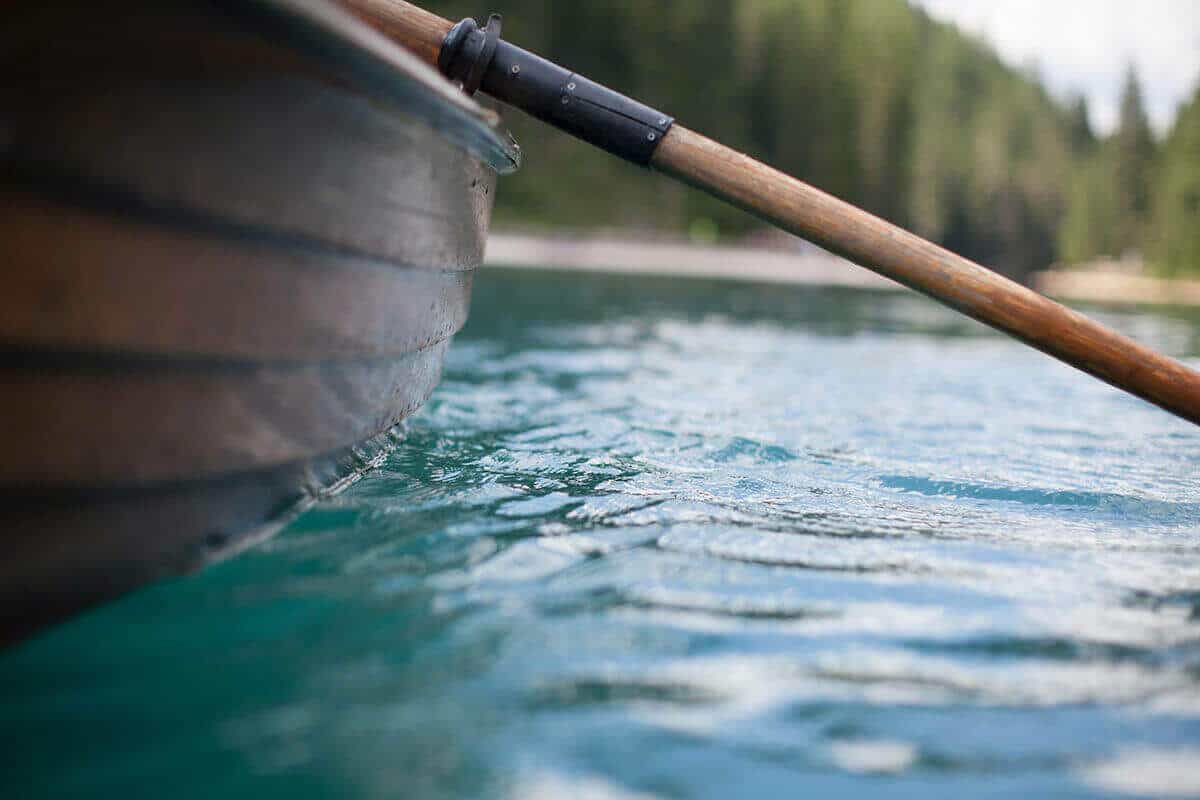
The way oars and paddles are mounted or held differs significantly:
- Oars require mounting hardware, such as oarlocks, to secure them to the boat. This ensures stability and control during rowing.
- Paddles do not need any mounting hardware. They are hand-held and provide the freedom to paddle without additional attachments to the vessel.
Technique and Muscles Used
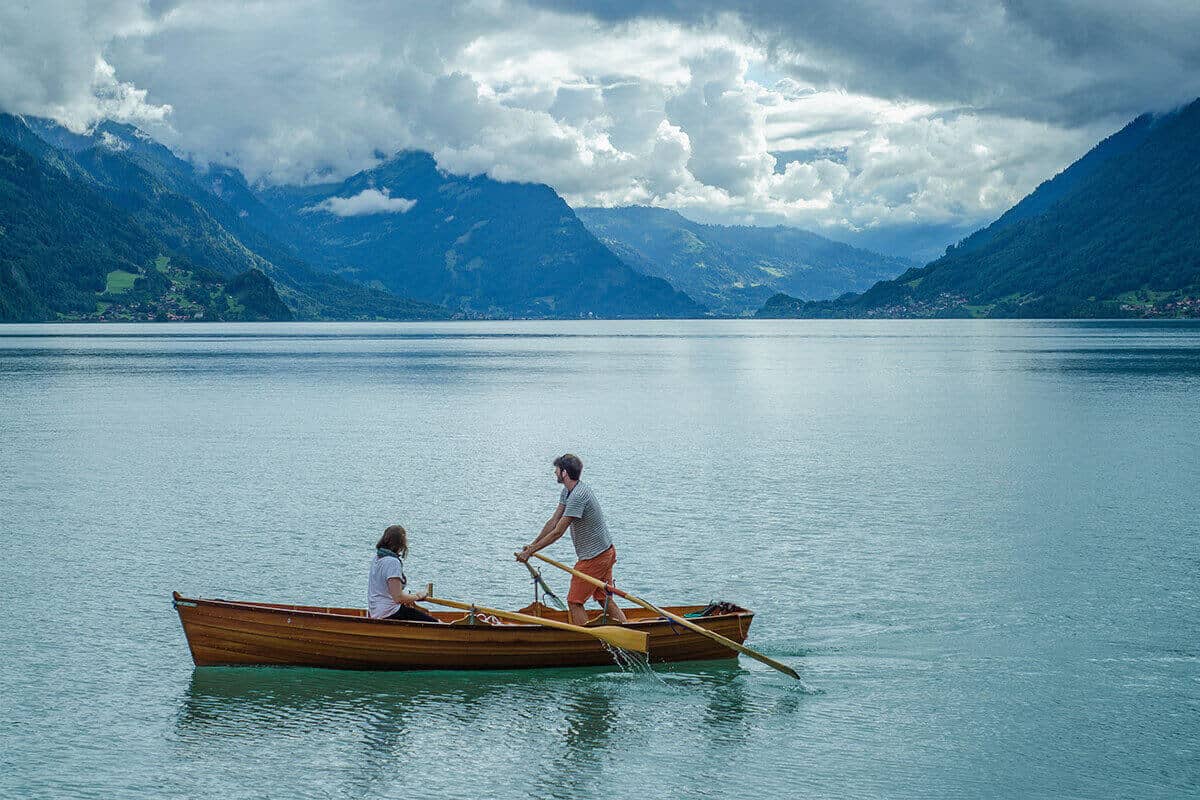
The choice between rowing and paddling can impact the technique and muscles involved:
- Rowing with oars engages a wide range of muscles, including the legs, back, arms, and core. Proper rowing technique optimizes efficiency and power.
- Paddling primarily involves the upper body, including the shoulders, arms, and back. It requires precise stroke techniques for effective maneuvering.
Performance and Speed
Performance and speed considerations can influence your choice:
- Rowing often offers higher speeds due to the increased power generated by each stroke. It’s well-suited for covering long distances efficiently.
- Paddling provides versatility in maneuvering and is ideal for navigating tight spaces and handling quick turns. It may not match rowing’s top speeds but excels in agility.
Cost Differences
When it comes to costs, there are some differences to consider:
- Oars can vary in price depending on the material and craftsmanship. A set of wooden utility oars will start around $200, while a set of composite options with greater durability can cost upward of $1200.
- Paddles are available at various price points from $50 to $500, with lightweight materials like aluminum alloy and carbon fiber composites being more expensive but providing superior performance.
For the best prices, check Backcountry and Outdoorplay.
Conclusion
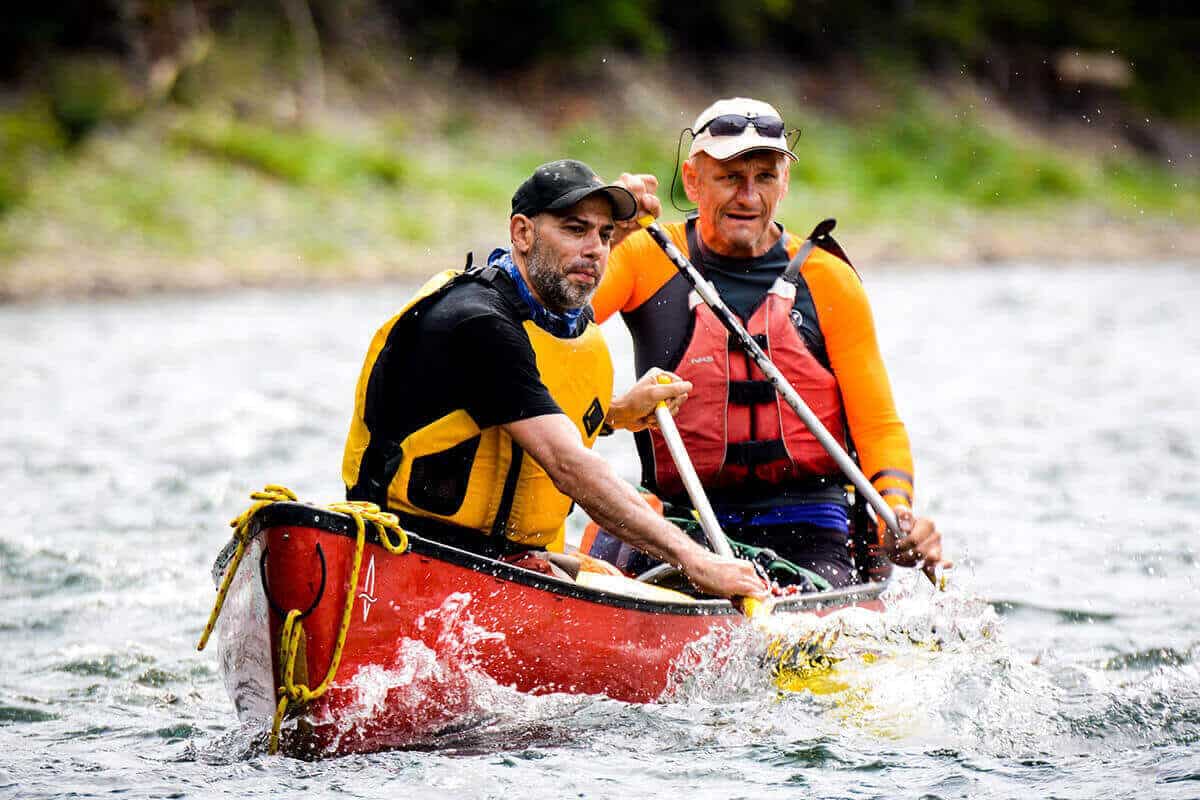
In conclusion, oars and paddles are two different tools used for a variety of water activities. Oars are typically used in larger boats such as canoes or kayaks while paddles are more commonly used in smaller boats like inflatable rafts and SUPs.
The choice between an oar and a paddle hinges on various factors, including the type of watercraft you plan to use and the specific water activities you’ll engage in. Understanding the differences in design, use, and advantages of each can help you make an informed decision for your next aquatic adventure.
Key Takeaways:
- Oars are ideal for larger boats, while paddles are suited for smaller watercraft.
- Consider the type of water and activity when choosing between oars and paddles.
- Pay attention to design, construction, and mounting options.
- Understand the techniques, muscles involved, and performance characteristics.
- Factor in cost considerations based on your preferences and priorities.
Enjoy your next journey. If you have any questions or comments, let me know below.
